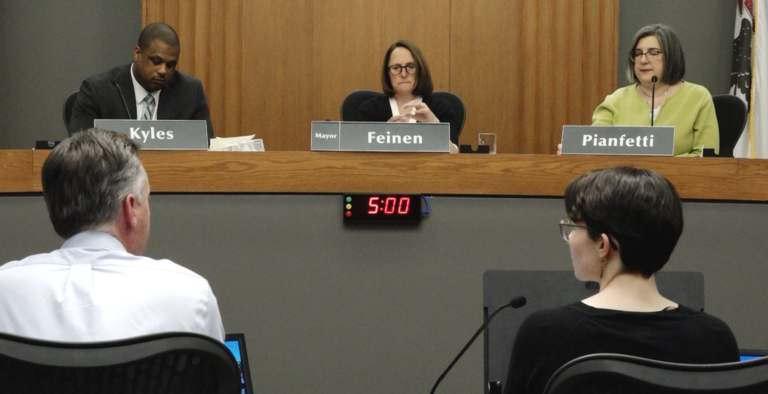CHAMPAIGN — The Champaign City Council voted this week to approve the first steps for a Housing Needs Analysis and Strategy.
After lengthy questioning about potential issues and top concerns for the study, every member of the council voted to begin the first phase of the housing needs assessment.
The goal is to gather data on the city’s housing to determine the most common and critical concerns residents face and make a plan for how to address them.
Currently, the city relies on county-wide data compiled yearly in the Consolidated Annual Action Plan to identify its housing needs. But this isn’t as effective for a city like Champaign, said Lauren Weber, Champaign’s community development specialist who co-wrote the proposal for this study.
The city’s housing faces unique challenges, being an urban center in the midst of rural communities.
Champaign is the largest city in the county with a population of nearly 90,000 residents. In contrast to the smallest population in the county with only 73 people counted in Foosland, according to the 2023 U.S. Census Bureau.
Weber said this new study will take factors into account that are specific to Champaign, such as the university campus, the homeless population and increasing costs of living compared to a decreasing housing stock.
“I think that having greater data and an in-depth knowledge on our housing stock will be a huge benefit to the public, just so we can work really efficiently on these issues and make progress on these issues where there’s the greatest need,” she said.
Since the COVID-19 pandemic, housing costs have risen for both renters and owners. Weber and Rob Kowalski, the city’s neighborhood services director, told council members that 55% of Champaign renters are “cost-burdened” by their housing.
Statistics from the proposal’s presentation show that construction for both single and multi-family units has seen a sharp decrease since 2020.
“We know that we don’t have enough affordable housing. We don’t know exactly how many units we need, but that’s something we’re really excited to work on,” Weber said.
The analysis and strategy is expected to take around 15 to 16 months and the next step will be releasing a request for qualifications and selecting a consultant to guide the project, which should happen around late spring to early summer.
“I can’t say exactly yet what that roadmap will look like, because it will be really informed by what we find in the needs analysis, but it will likely involve different programs and policy, and implementation strategies as well,” Weber said.

